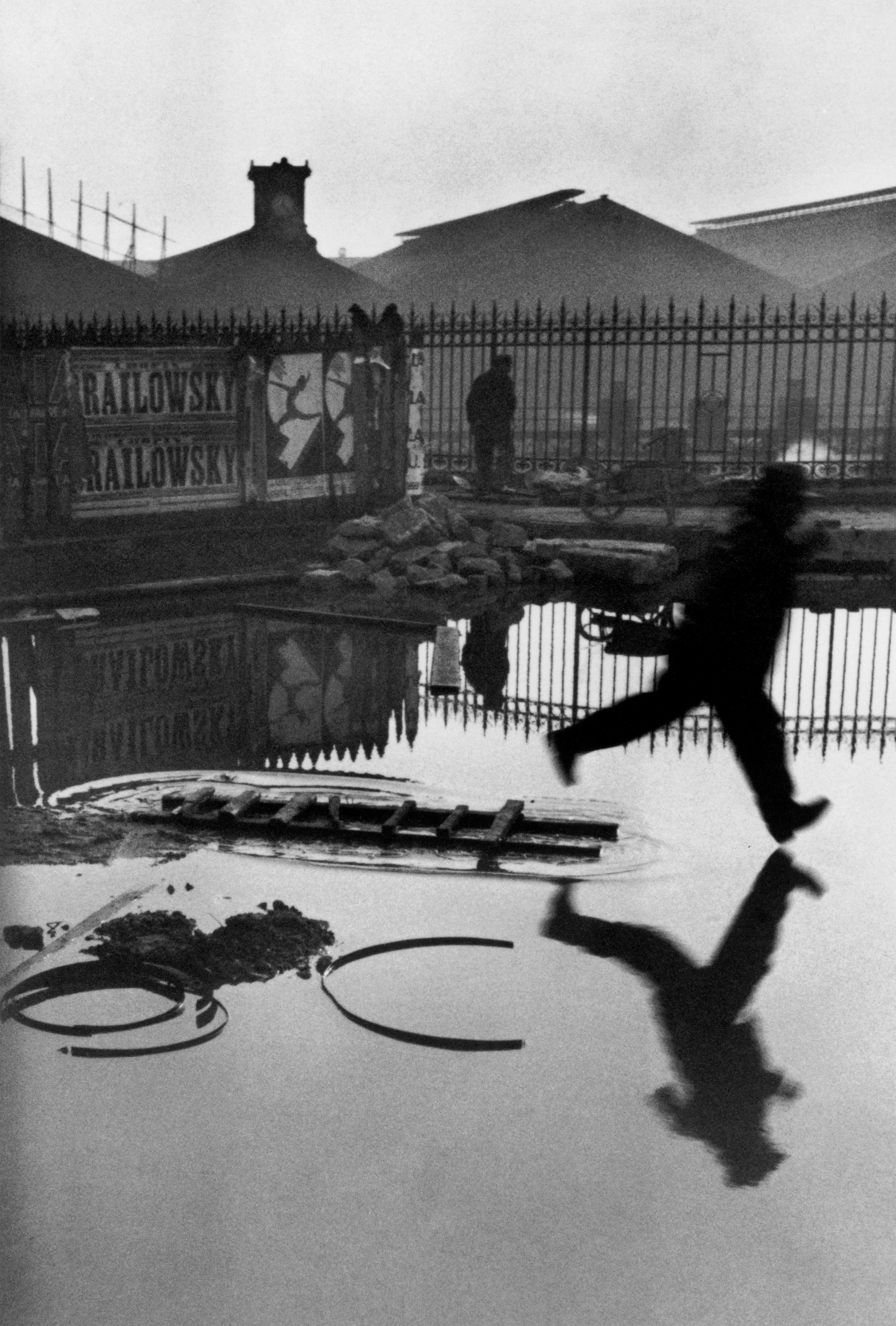“I am a visual man. I watch, watch, watch. I understand things through my eyes.” – Henri Cartier-Bresson
A man jumps over a large puddle to keep his feet dry, his heel practically touching the ground; just a split-second later, the composition reflected on the surface of the water would have been spoiled. The decisive moment is what photography is all about. It is a synthesis of knowledge, sensitivity, technique, form, chance, and pure intuition. The images that are created when these elements coincide are so powerful, unique, and extraordinary that they reveal something about the essence of life. Henri Cartier-Bresson (1908–2004) is considered the founder of modern photojournalism and one of the most famous photographers of the twentieth century.
In 1947 Cartier-Bresson was one of the cofounders of Magnum Photos in 1947, and his narrative style shaped subsequent generations of photographers. He became an active participant on the street with his camera, establishing the genre of street photography with its focus on interpersonal human relationships in everyday life, at work, and in leisure time. As the originator of observing and analyzing human activity in spontaneous moments, Cartier-Bresson used his camera to show how behavioral patterns become visible in fleeting scenes that would have otherwise been lost in the hustle and bustle of the street.
His reports show key events in cultural history and world politics such as Mahatma Gandhi’s funeral (1948), the end of the Kuomintang government in China (1949), and life in divided Berlin (1962). He was the first Western photographer to document life in the Soviet Union after Joseph Stalin’s death in 1954.
In addition to political topics, Cartier-Bresson also made portraits of numerous artists, including Coco Chanel and Henri Matisse. Characterized by his sharp eye for the essential and his ability to capture the “decisive moment,” his street photography offers a humanistic approach.
The title Watch! Watch! Watch! addresses questions of perception that are only possible in photography using a camera: it is the opportunity to capture a tiny moment. With 240 works and numerous magazines and books, this comprehensive retrospective examines the life’s work of Cartier-Bresson from the 1930s to the 1970s. In addition to well-known, iconic images, the exhibition presents early pictures that are influenced by Surrealism, photo essays, and portraits, as well as images and films that have never been shown before.
FOTO ARSENAL WIEN is proud to present the first Henri Cartier-Bresson retrospective to be shown in Austria for decades, with works from the holdings of the Fondation Henri Cartier-Bresson in cooperation with the Bucerius Kunst Forum in Hamburg and the Fundación MAPFRE in Barcelona.
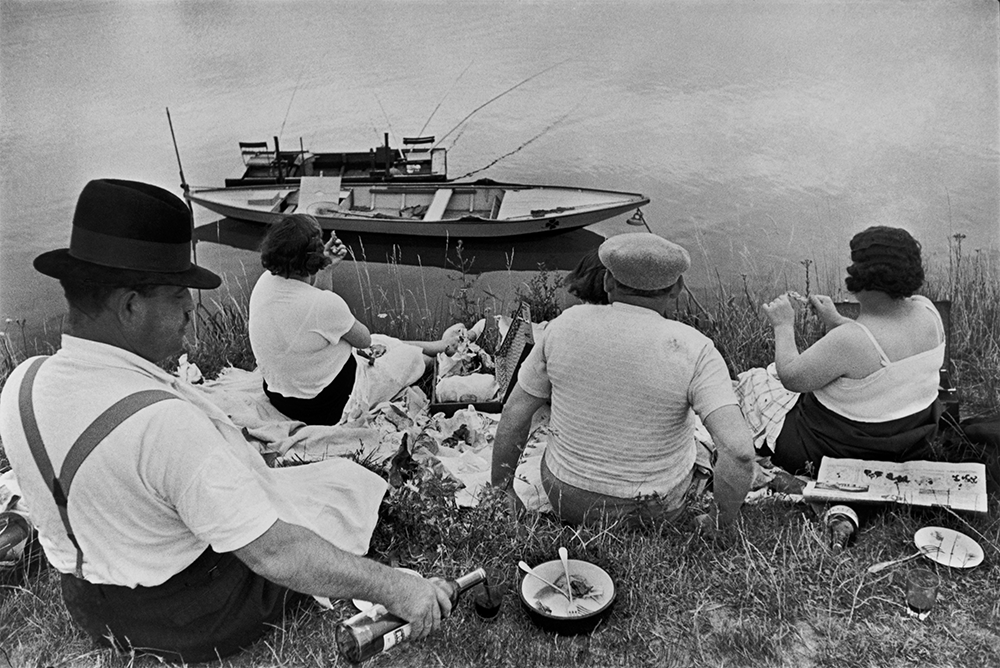
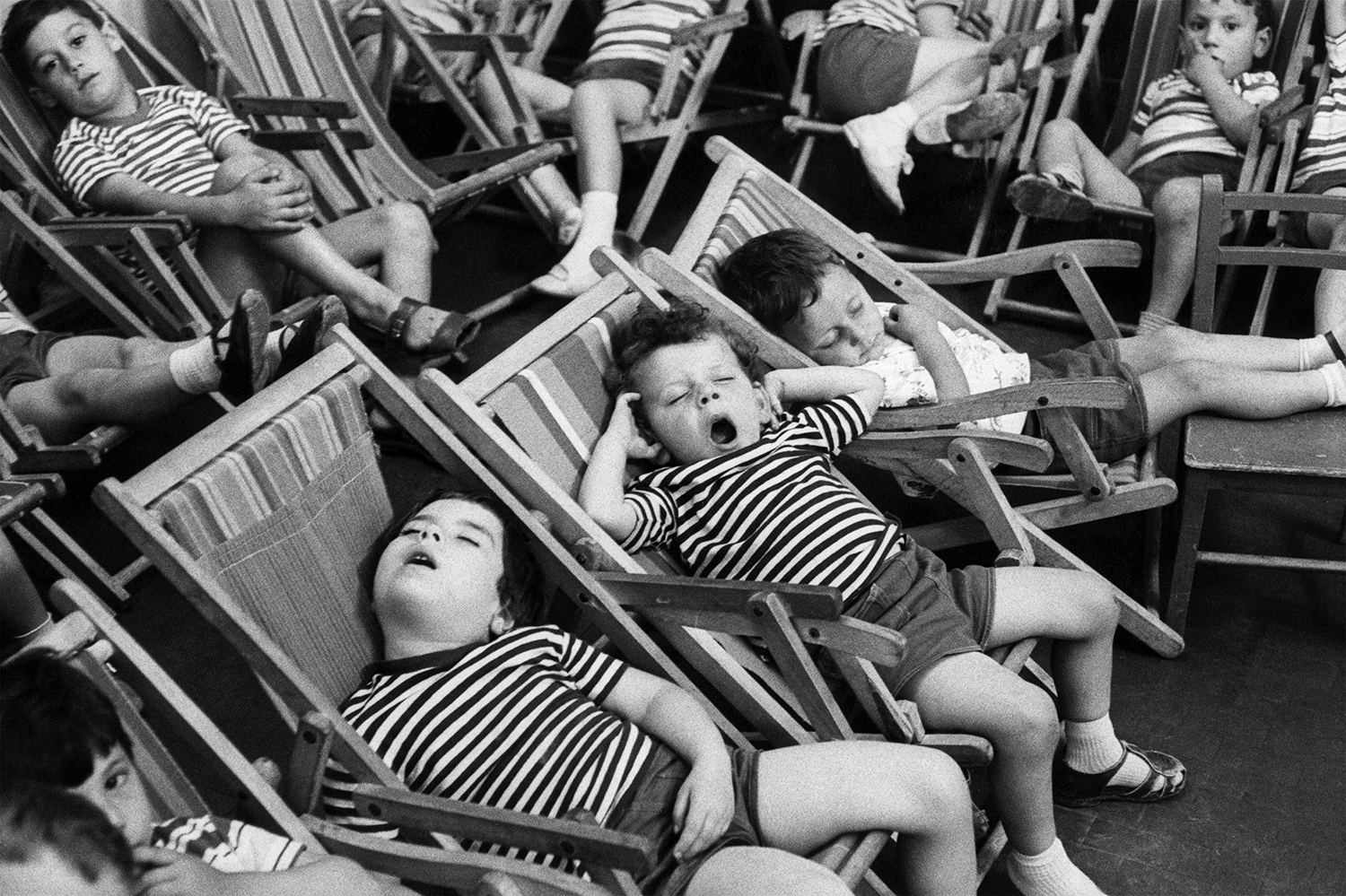
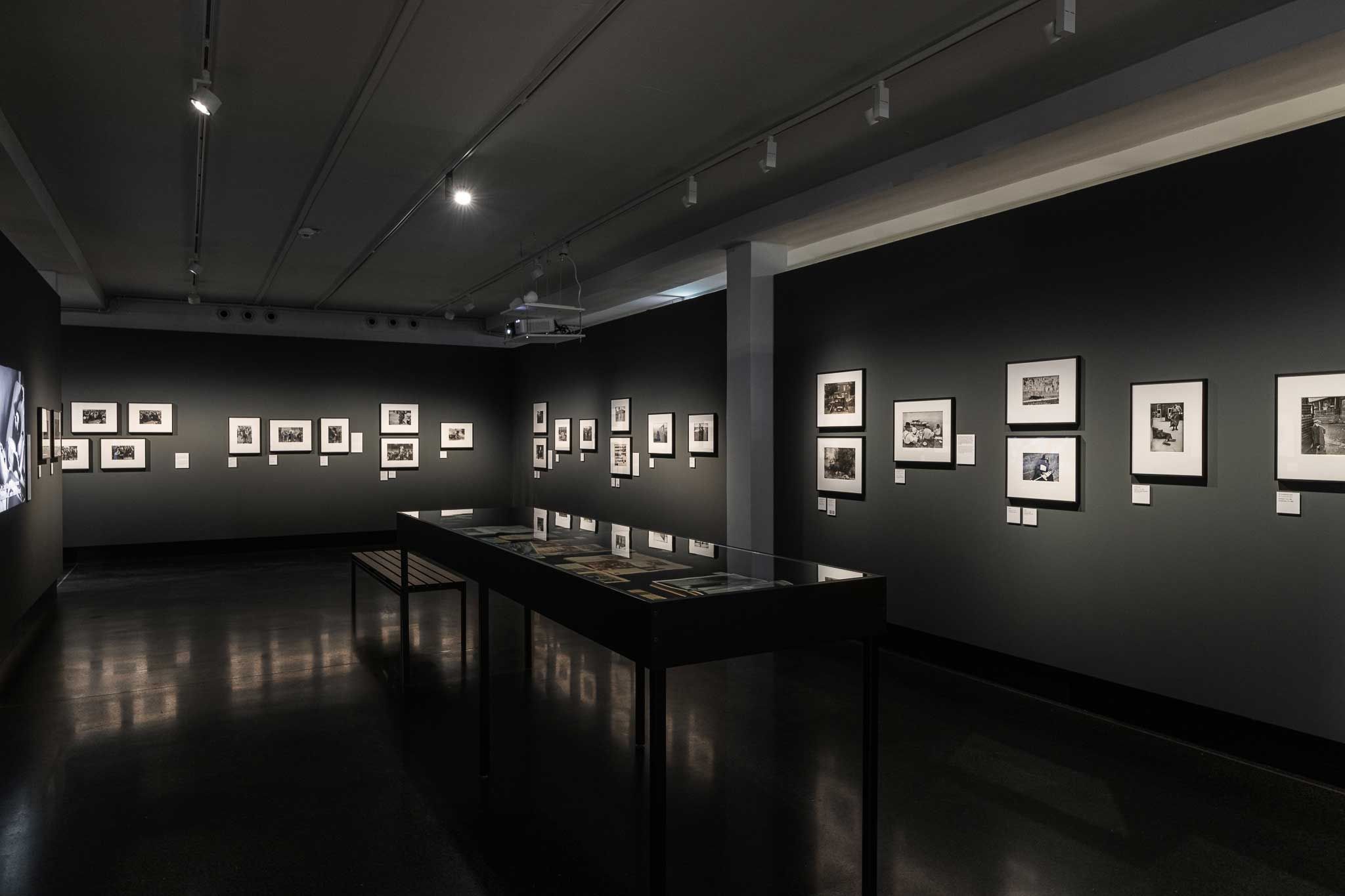
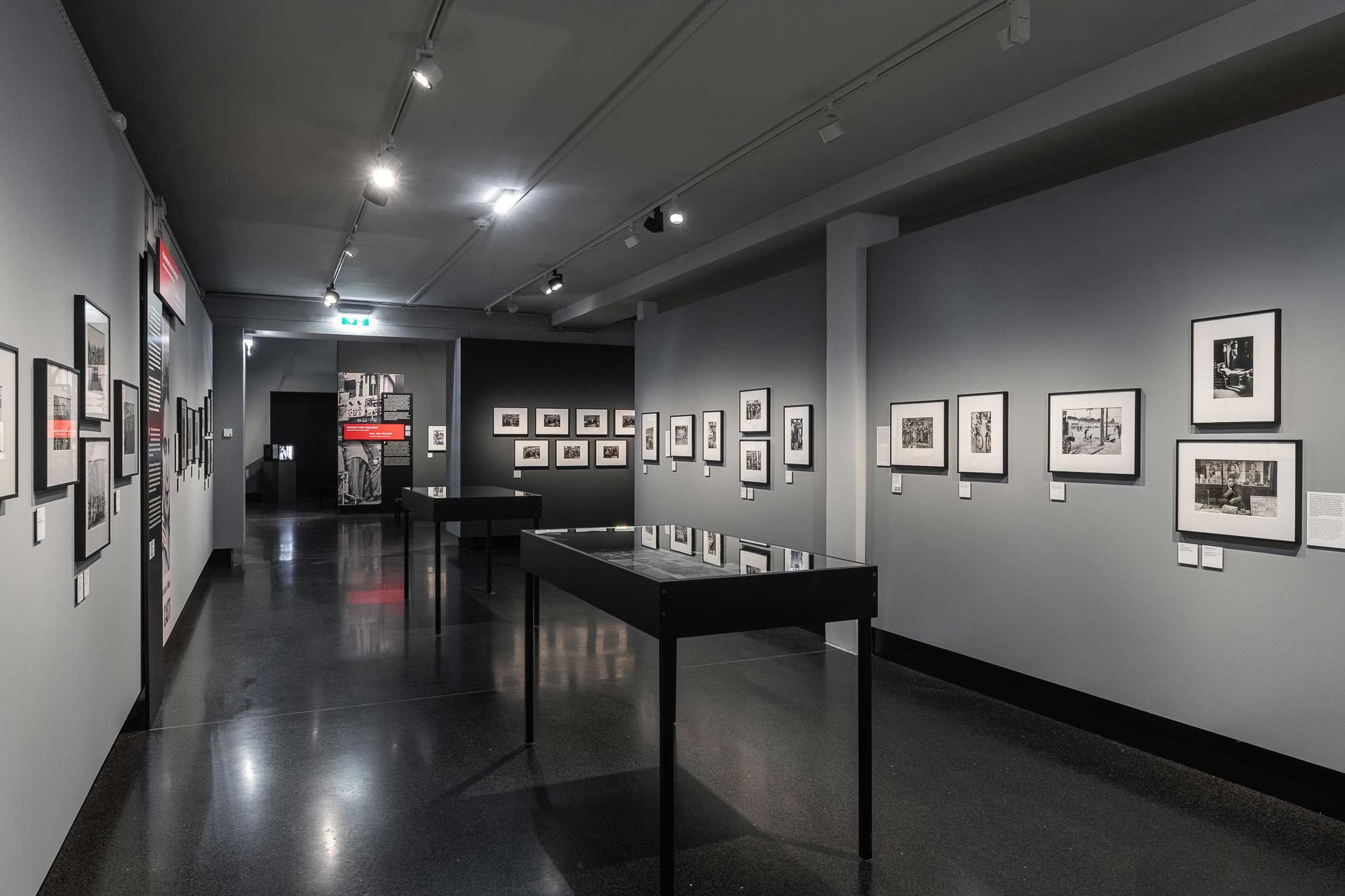
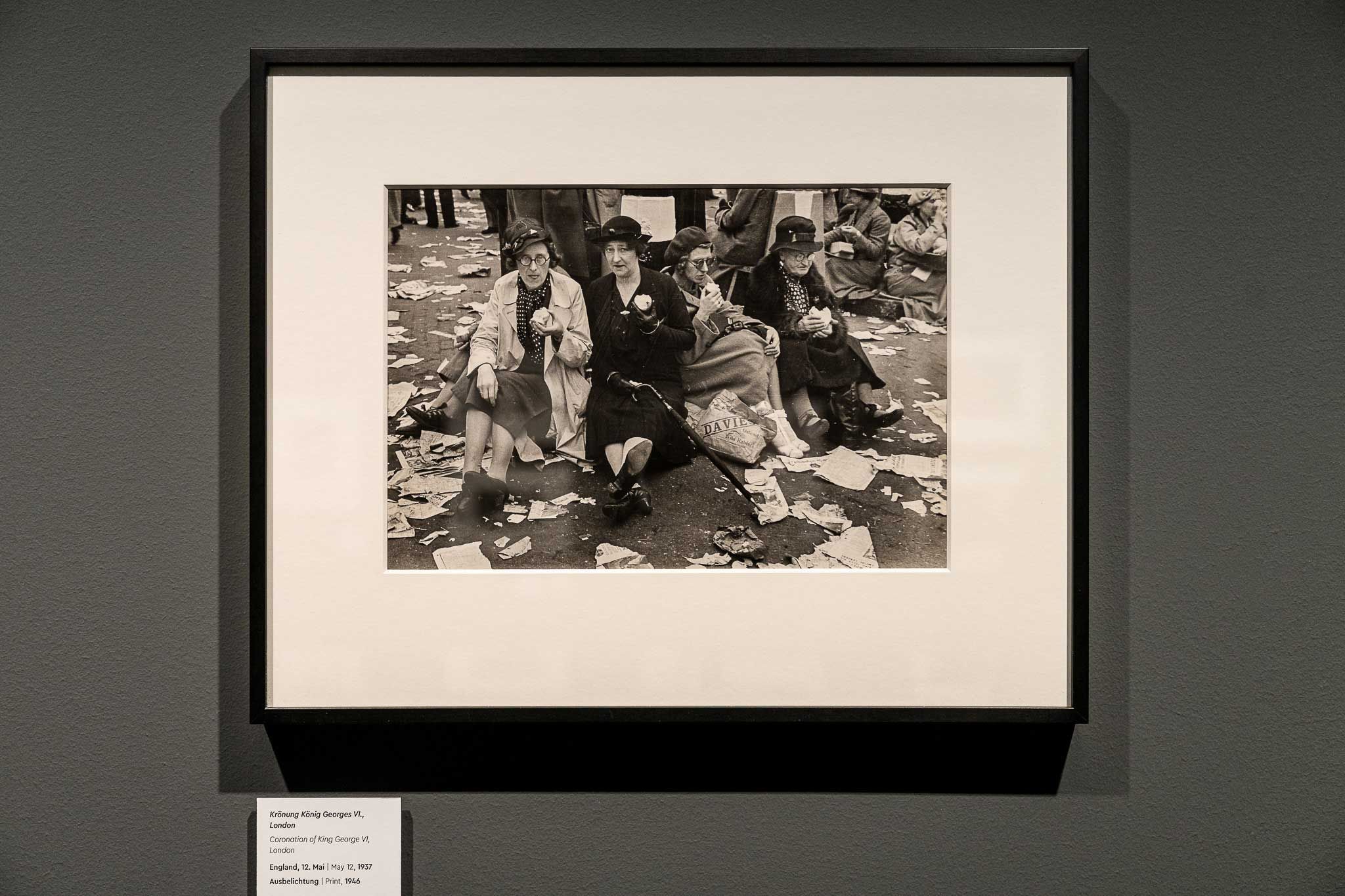
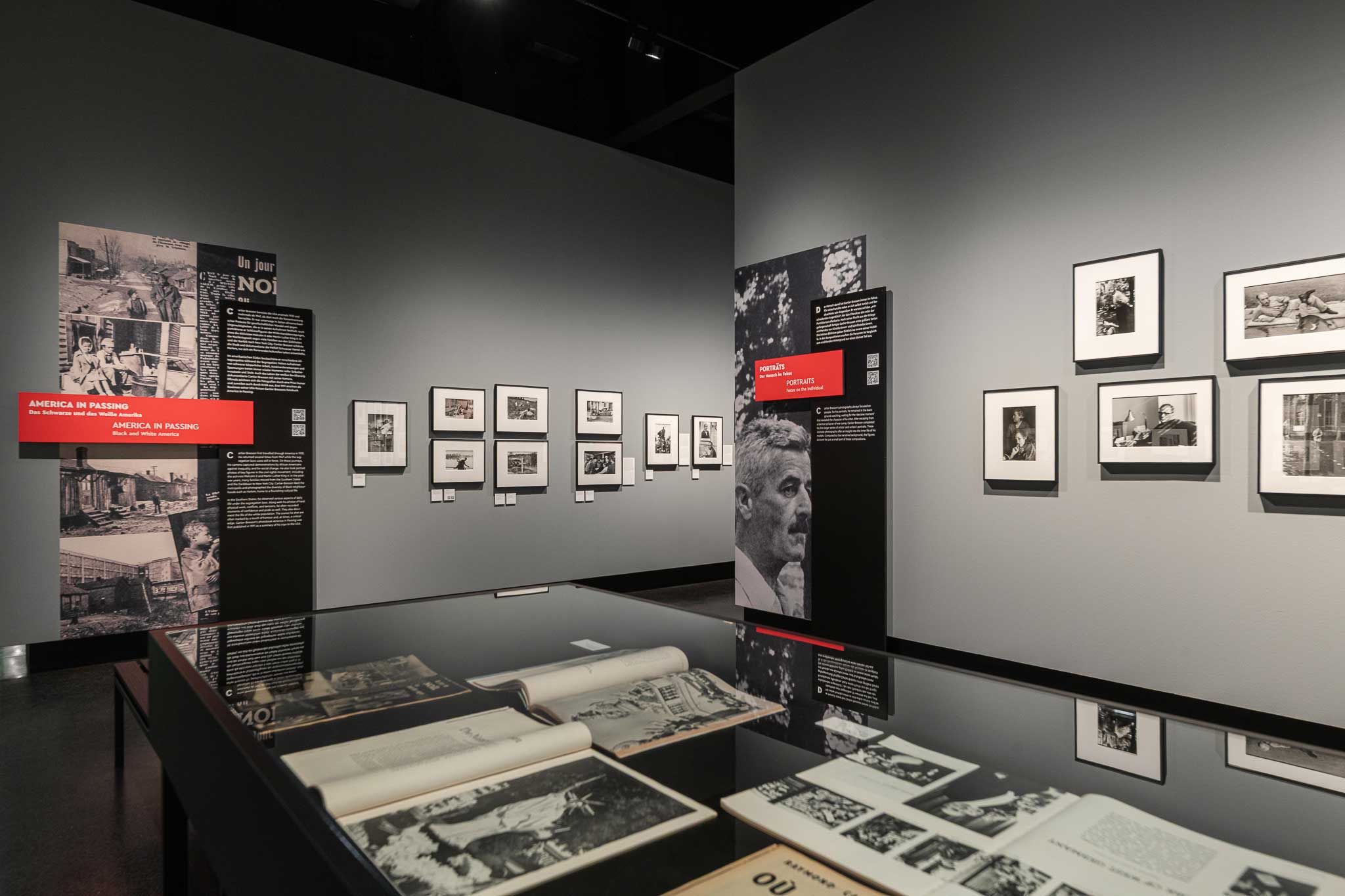
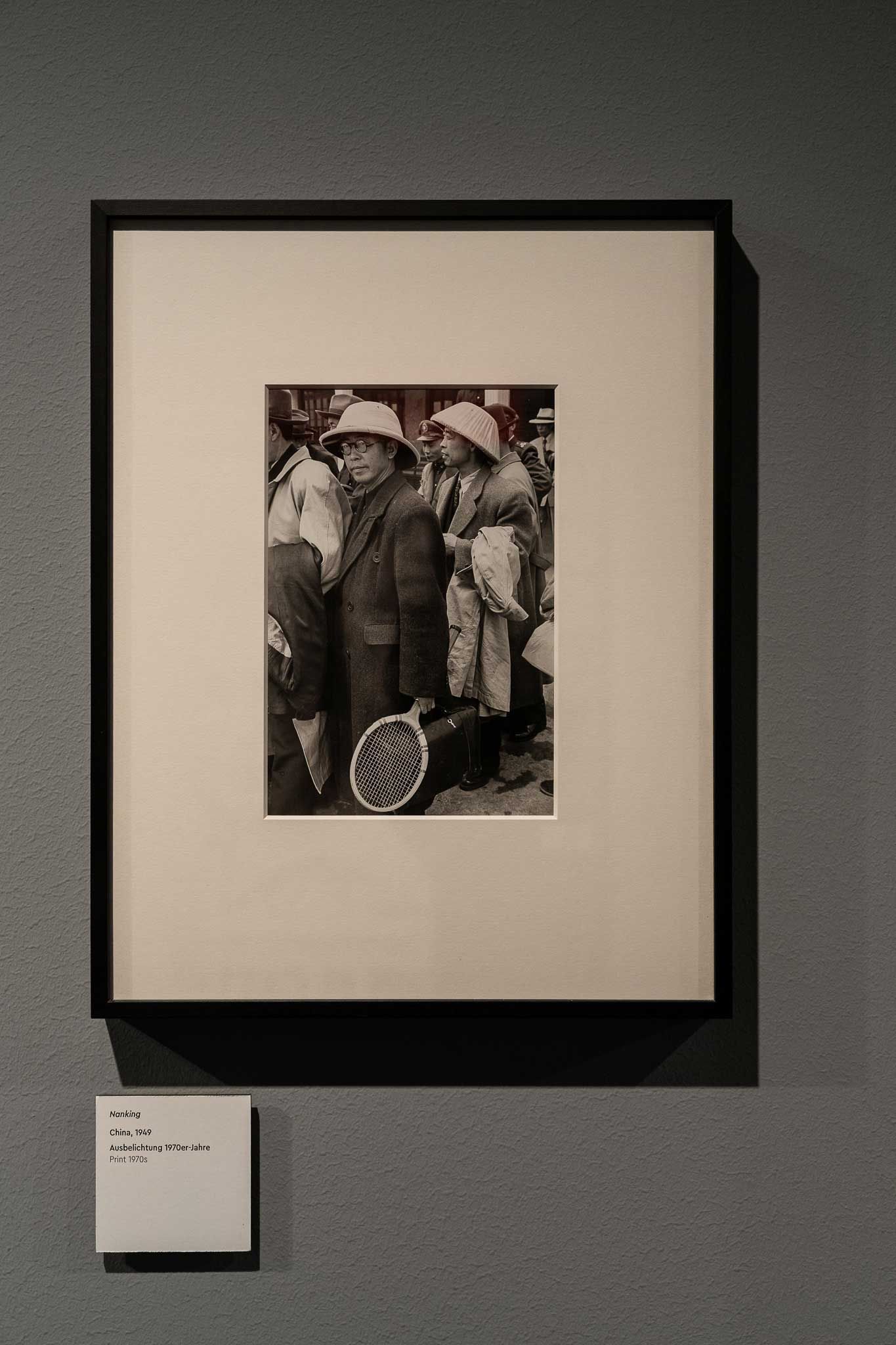
SCIENCE FICTION - A NON-HISTORY OF PLANTS – SCIENCE/FICTION - A NON-HISTORY OF PLANTS –
